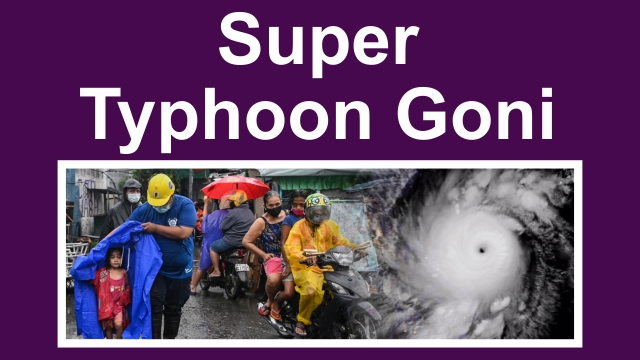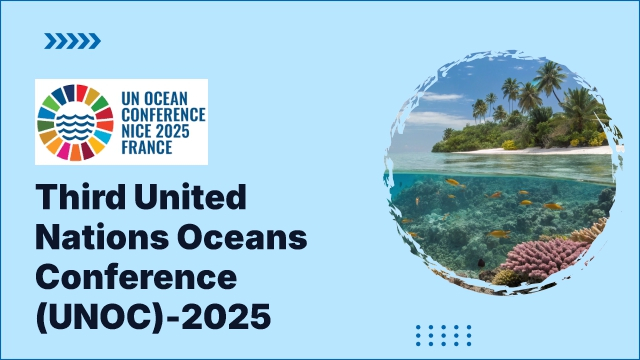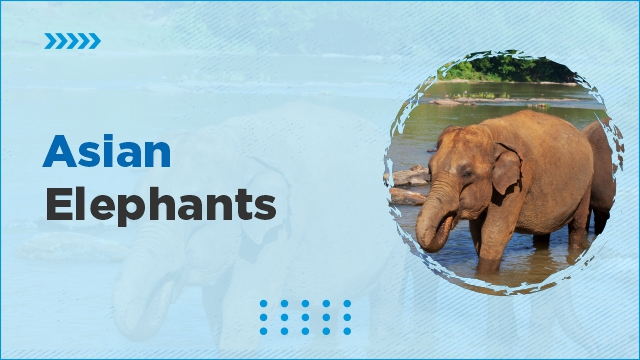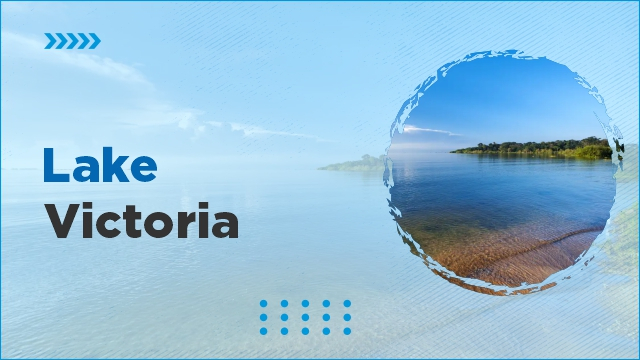Comprehensive News & Analysis
15:00:02
Super Typhoon Goni
Context:
Typhoon Rolly or Goni, as it is called internationally, recently made landfall in the eastern Philippines having a speed of 225 kmph, for which over a million people in the typhoon’s projected path had been evacuated.
Difference between Cyclones, Hurricanes and Typhoons
-
They are all the same thing: tropical storms. But they are known by different names in different locations.
-
In the North Atlantic Ocean and Northeast Pacific, they are called hurricanes.
-
In the Northwest Pacific Ocean, they are known as typhoons.
-
In the South Pacific and Indian Ocean, cyclone is the correct term.
Formation of Tropical Storms
When heated by warm sea water, the surrounding air rises quickly. As the air cools down again, it is pushed aside by more warm air rising below it. This cycle causes strong winds. Over the sea, a tropical storm can whip up huge waves. When these waves reach land, they can flood large areas, including towns and cities.
Parts of Cyclone
(i) Eye: The eye of the storm is in the centre. It is a relatively calm space. When the eye passes over an area, winds slow down and everything feels like it has cleared up. The part that comes after the eye usually inflicts the most damage.
(ii) Eyewall: The eyewall houses extremely high wind speeds, causing damage to both lives and property. It is a ring of thunderstorms, and changes in the eye or the eyewall affects the storm’s intensity.
(iii) Rainbands: These are the outer parts of a cyclone where sudden bursts of rain happen.




